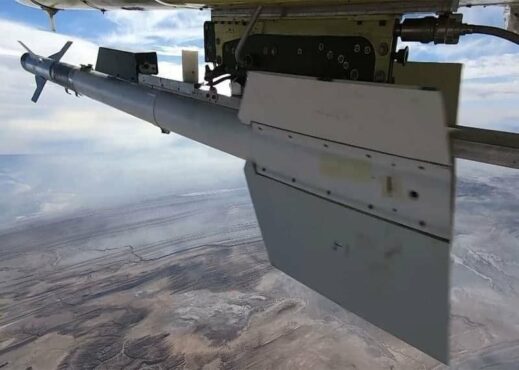January 6th local time, Iran’s large-scale drone military exercise entered the second day. During the exercise on that day, a variety of Iranian-made drones with different functions and models appeared and participated in simulated battles.
During the exercise, drones equipped by anti-aircraft, ground, air and naval forces under the Iranian army carried out established tasks under real conditions of war.
Combat operations include air-to-air missile interception and destruction of air targets, point-to-point destruction of ground targets with bombs and missiles, and the widespread use of suicide drones.
During the battle, the Iranian-made jet drone “Karal” successfully completed the interception with air-to-air missiles on the ground radar cross-section and destroyed simulated enemy targets.
In addition, the 500-pound MK82 bomb equipped by the “Karal” drone successfully destroyed surface targets and enemy fortifications and positions.
Mahmoud Mousavi, spokesman of the military exercise, said that in addition to the combat mission, another part of the exercise on that day was the continuous surveillance of the border using combat drones.
He said that it is the responsibility of the Iranian army to monitor the Iranian border, and the surveillance tasks are unmanned with cameras, reconnaissance and electronic data collection systems. The machine is finished.
He mentioned that the Iranian army can currently use long-range combat drones with a range of 2,000 kilometers to complete combat tasks, and Iran will strongly respond to any enemy aggression.
Mohamed Bagheri, the Chief of General Staff of the Iranian Armed Forces, said that some recent U.S. moves in the region, including long-range flights of B-52 bombers, are aimed at taking the opportunity to show its strength.
However, Iran’s armed forces are fully prepared to deal with any threats against Iran’s defense security and national interests. Iran does not seek attacks and aggression against its neighbors in any region, but is ready to deal with threats.



